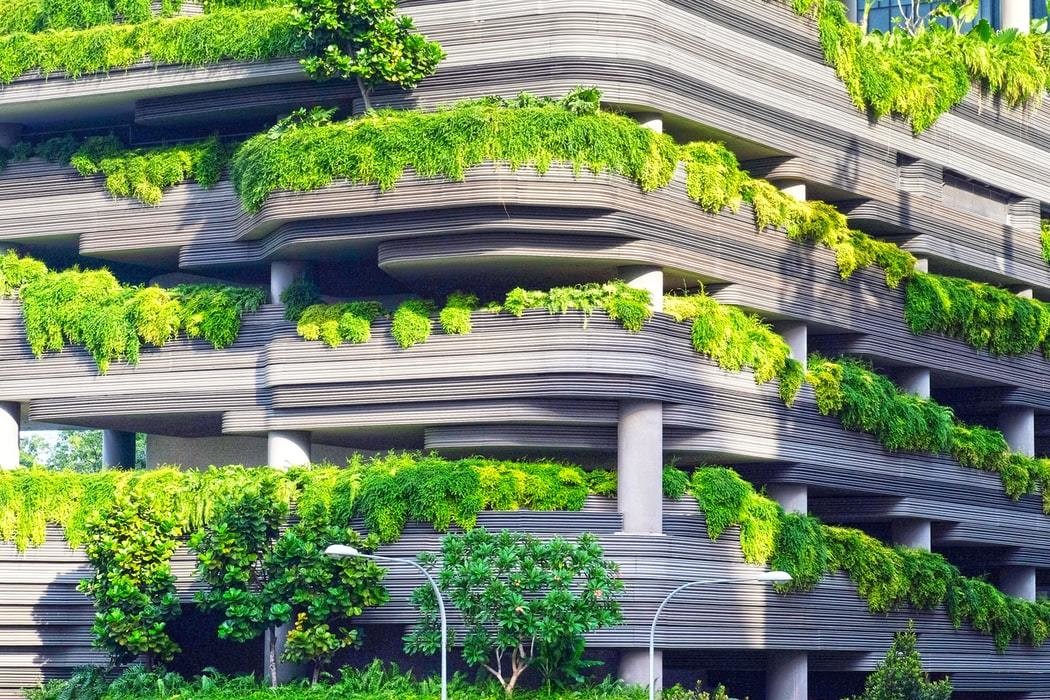Sustainability is an increasingly critical issue in today’s world, permeating every aspect of our lives. From fashion to technology, businesses are recognizing the importance of reducing their environmental impact and promoting sustainable practices. This shift towards sustainability is evident in the growing number of eco-friendly products and sustainable practices being implemented across industries.
The construction industry is one area where sustainability has made remarkable progress. Sustainable construction practices are employed to create energy-efficient and environmentally friendly buildings. These sustainable practices help protect the environment and provide various economic benefits to building owners and occupants. This article will dig into sustainability in buildings and their importance for a green environment.
Read on!
What Do You Mean by Sustainability in Buildings?
Sustainability in buildings, or sustainable construction, refers to the use of environmentally friendly and resource-efficient design and construction practices. This aims to minimize the impact of buildings on the environment while maximizing their economic and social benefits.
Sustainable or green buildings are designed to be energy-efficient and water-efficient. They use eco-friendly materials that are sourced sustainably. These buildings are designed to reduce waste, promote indoor environment quality, and provide occupants with a healthy and comfortable environment. Incorporating sustainability in buildings often contains renewable energy sources. These sources include solar or wind power to reduce dependency on non-renewable sources.
7 Ways to Apply Sustainability in Buildings?
- Conducting a Sustainability Assessment
A sustainability assessment can help identify opportunities to improve the environmental performance of the building and reduce its carbon footprint.
- Using Eco-Friendly Materials
Sustainable building design aims to minimize the environmental impact of the building by utilizing eco-friendly materials that are sourced sustainably. These materials can be recycled, which promotes a more sustainable approach to building design.
- Optimizing Energy Usage
The energy-efficient building design incorporates high-efficiency HVAC, lighting, and appliances to reduce energy consumption and greenhouse gas emissions.
- Incorporating Renewable Energy
Buildings can be designed to incorporate renewable energy sources to reduce dependence on non-renewable energy sources.
- Conserving Water
Water-efficient building design involves using low-flow plumbing fixtures, rainwater harvesting systems, and greywater recycling systems to conserve water.
- Reducing Waste
Sustainable building design includes reducing waste during construction and using recycled materials to reduce the environmental impact of the building.
- Improving Indoor Environmental Quality
Building design can promote a healthy and comfortable indoor environment for occupants by using non-toxic materials, providing good indoor air quality, and optimizing thermal comfort.
Benefits of Sustainable Construction?
Sustainable construction provides a range of benefits that improve the environmental, economic, and social performance of buildings, contributing to the overall sustainability of the built environment.
- Environmental Benefits: Sustainability in buildings reduces the environmental impact by conserving resources, reducing waste, and lowering greenhouse gas emissions. This helps to preserve natural resources and protect the environment.
- Economic Benefits: Sustainable practices can reduce operating costs over the life cycle of the building, such as through lower energy and water bills. Additionally, sustainable buildings often have higher resale values and are more attractive to tenants, which can provide a return on investment.
- Social Benefits: Sustainability can enhance the health and well-being of building occupants by improving indoor air quality, thermal comfort, and access to natural light. It can also contribute to the local economy by creating jobs in green industries and supporting sustainable business practices.
The increasing focus on sustainable construction practices has led to the emergence of sustainability in buildings prioritizing energy efficiency, environmental stewardship, and occupant health and well-being. These buildings are setting a new standard for the construction industry, demonstrating that sustainable design and construction practices can reduce the environmental impact of buildings and deliver economic and social benefits. As such, green buildings are leading the way to more sustainable and efficient urban planning, providing a blueprint for future development that prioritizes sustainability and supports creating healthy and resilient communities.
